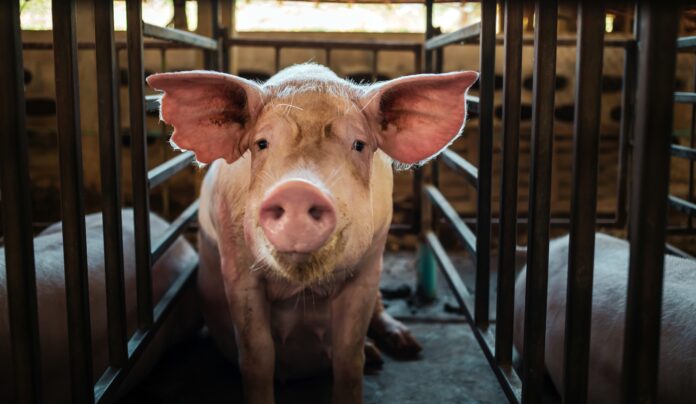The Philippines’ hog production declined in the first quarter, pushing farmgate prices to a record high.
According to the Philippine Statistics Authority’s Livestock and Poultry Quarterly Bulletin, total hog output for January to March stood at 403,790 thousand metric tons (liveweight), down 3.7 percent from 419.37 thousand metric tons in the same period last year. While still a decline, the rate moderated from the 4.3 percent drop recorded in the first quarter of 2024.
A resurgence in African Swine Fever following the onset of La Niña late last year curtailed hog production and bolstered prices of pigs and, consequently, pork.
Northern Mindanao emerged as the top hog-producing region with 57,990 metric tons, accounting about 14 percent of national output. It was closely followed by CALABARZON with 57,360 metric tons, Central Luzon added 50,660 metric tons, Central Visayas contributed 40,860 metric tons, and Davao Region provided 31,720 metric tons. Together, these five regions contributed 59 percent of total production.
Year-on-year production declines were reported in 11 regions, with CALABARZON posting the steepest drop of 6,140 metric tons. This coincided with a significant contraction in the national swine inventory, which fell 11 percent to 8.84 million heads as of March 31, 2025. Smallhold farms remained dominant, housing 71 percent of the country’s swine population.
Because of lower output and reduced inventory, hog prices surged. The average farmgate price reached P212.58 per kilogram (liveweight), up 16 percent from P183.64 in the same period last year—the highest recorded since 2010. March registered the peak price at P215.93, while January saw the lowest at P206.72.
The rise in prices, amid tightening supply, signals continued market strain and raises concerns over consumer affordability in the coming months.
-0-







